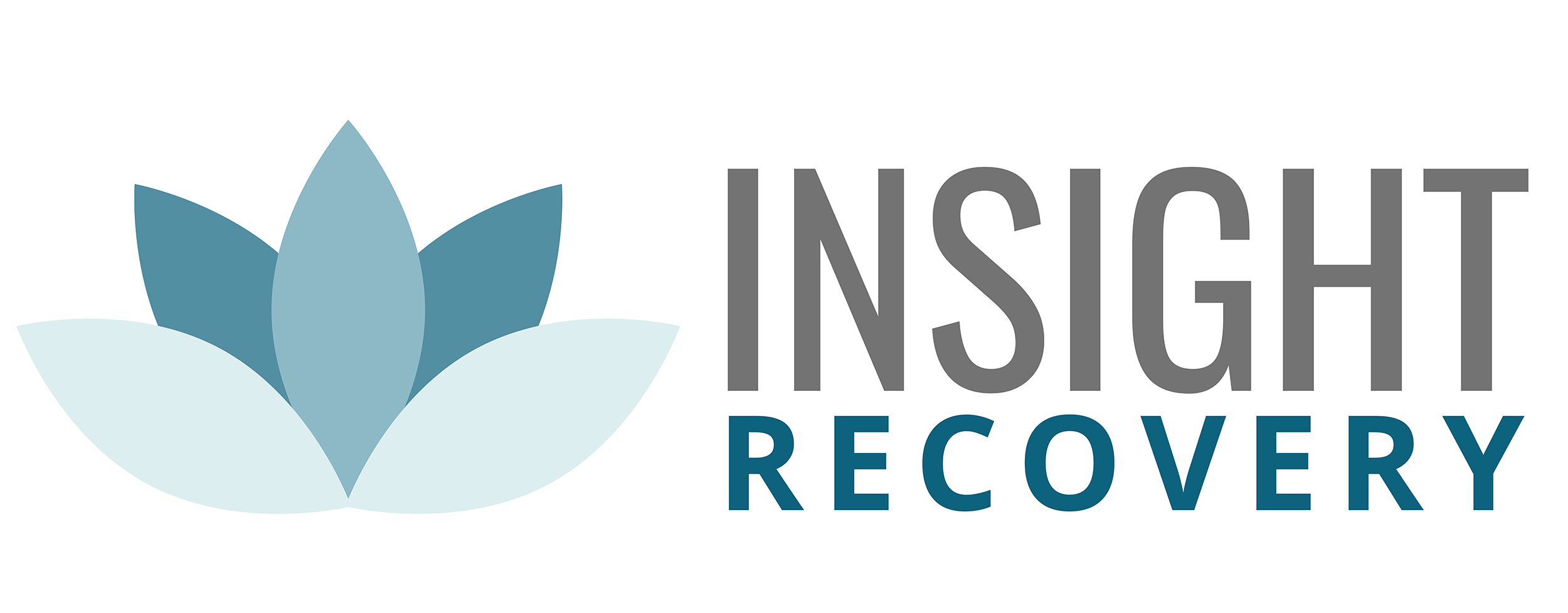The United States has been in the middle of an opioid epidemic for over 30 years. Opioid abuse and opioid addiction are challenging to overcome alone, but treatment is available. Call 828.826.1376 to speak to Insight Recovery Center about opioid rehab in Asheville and start getting help today.
The Cause of the Opioid Epidemic
The opioid epidemic began in the 1990s. While multiple factors contributed to the rise in opioid abuse, arguably the most significant cause of the epidemic was the introduction of the drug OxyContin.
OxyContin was produced by the pharmaceutical company Purdue Pharma. Though OxyContin was remarkably similar to other opioid drugs available at the time, such as morphine and Vicodin, Purdue led a deceptive marketing campaign that affected doctors’ willingness to prescribe it.
Physicians were already well aware of the danger of opioids and were generally hesitant to prescribe them to their patients unnecessarily. Purdue achieved a remarkable feat in getting the FDA to apply a label to OxyContin that described it as being less addictive than other opioids.
Purdue claimed that this was a result of the time-delayed coating applied to OxyContin tablets. Yet, as was soon discovered, OxyContin proved to be just as addictive as other opioids. Unfortunately, doctors often prescribed it in much higher doses than ever before, leading patients to become dependent on it.
Rise in Opioid Abuse
This new opioid, with a label from the FDA saying it had less abuse potential, led prescriptions of opioid painkillers to skyrocket. Purdue marketed their new drug directly to physicians, who were eager for a less addictive solution to pain.
Part of the marketing plan was to increase the amount of pain that patients reported to their doctors. Purdue sent nearly a million dollars to the American Pain Society, which made a push to include the concept of pain as the fifth vital sign.
If you’ve ever been to a doctor and asked to rate your pain level on a scale from one to ten, Purdue Pharma’s push for increased opioid prescriptions is part of the reason why.
Not only did this result in more pain being reported, but it put pressure on physicians to treat the pain. Patients were frequently given satisfaction surveys, which included questions about whether they received adequate pain treatment. In order to keep patient satisfaction high, physicians prescribed more opioids.
The Second Wave of the Opioid Epidemic
Even after government agencies started cracking down on opioid prescriptions, opioid abuse continued to rise. Much of this abuse results from people who were prescribed prescription opioids switching to illicit opioids, such as heroin. But the true danger of the second wave of the opioid epidemic came from synthetic opioids.
Synthetic opioids are often much more powerful than drugs like heroin or OxyContin. They include substances such as:
- Fentanyl
- Carfentanil
- Nitazenes
As these drugs slowly began being mixed into illicit opioid supplies around 2010, overdose deaths began to skyrocket. Even a minuscule amount of fentanyl can result in drug overdose, and carfentanil and nitazenes are stronger still.
Other factors contribute to the second wave as well: isolation during COVID-19, growing numbers of mental health concerns among youth, and dozens of other factors. Thankfully, treatment has evolved along with the epidemic, and you can recover from opioid addiction with the help of medical and psychological professionals.
Opioid Rehab in Asheville at Insight Recovery Center
Insight Recovery Center offers evidence-based treatment methods for people living with opioid use disorder. Our intensive outpatient programs have several different behavioral therapies and treatments available to help. Call our team at 828.826.1376 or reach out online to learn more about how you can begin your path to recovery.

